


Children snack more today than they did 25 years ago. Many kids now eat three snacks a day, which make up almost one third of daily calories. Children also eat more sweet and salty snacks like chips and candy. Too many kids get most of their snack calories from desserts and sweet drinks.
When you mix poor nutrition at snack time with the fact that preschoolers have small stomachs, you can see how easy it is for them to fall short on nutrition.
For some kids, bad snacking habits also mean they are getting more food than their bodies need.
This doesn’t mean you should stop offering snacks to little ones, you just need to do it the S-M-A-R-T way.
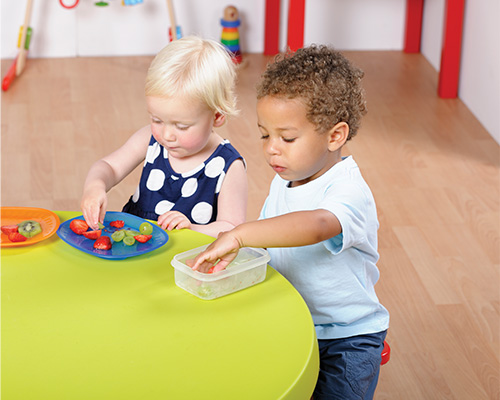
Have a regular time and place for snacks. This allows children to focus on food and tune in to their feelings of hunger and fullness.

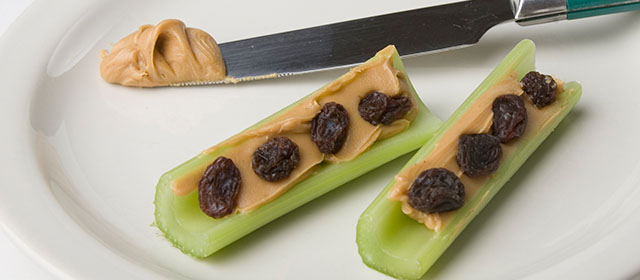
| Snack Ideas | Dairy | Fruits | Vegetables | Proteins | Grains |
|---|---|---|---|---|---|
| Few pieces of celery topped with peanut butter and raisins | Raisins | Celery | Peanut butter | ||
| English muffin topped with marinara sauce and shredded cheese, toasted | Shredded cheese | Marinara sauce | English muffin | ||
| Toast topped with peanut butter and sliced bananas | Sliced banana | Peanut butter | Toast | ||
| Yogurt with berries and nuts | Low fat yogurt | Berries | Nuts | ||
| Half a sandwich with apple slices | Cheese | Apple | Turkey | Bread | |
| Cheese, whole grain crackers and raw carrots with ranch dip | Cheese | Carrots | Crackers |
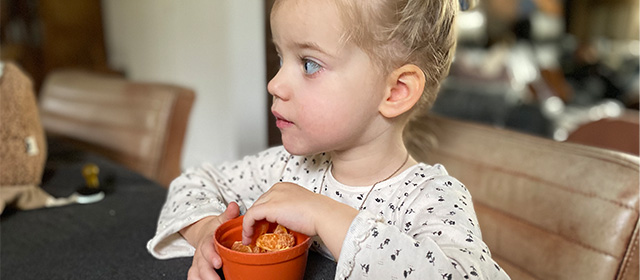
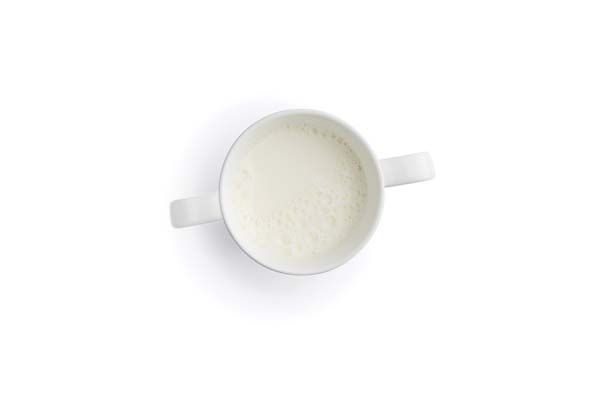
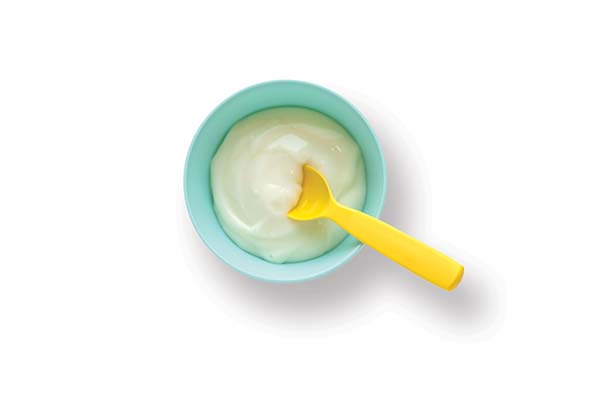
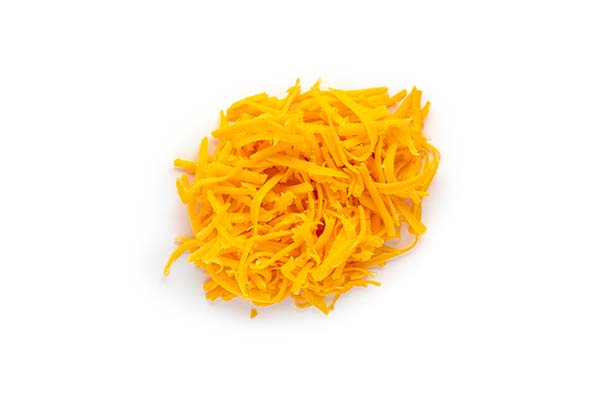
½ cup milk or ½ cup yogurt or 1 ounce cheese (1 slice or 1 string cheese)
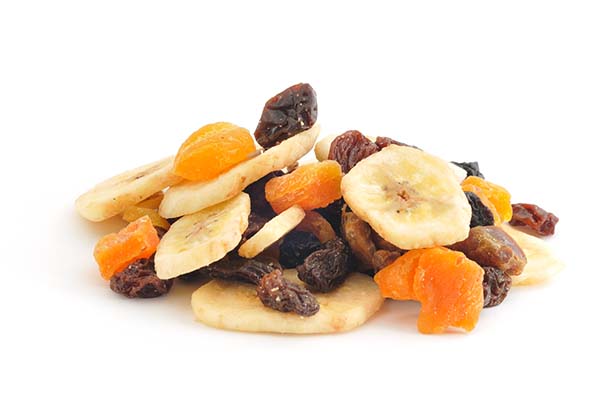
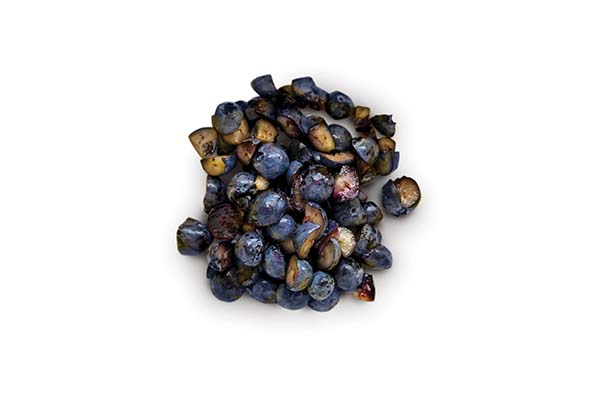
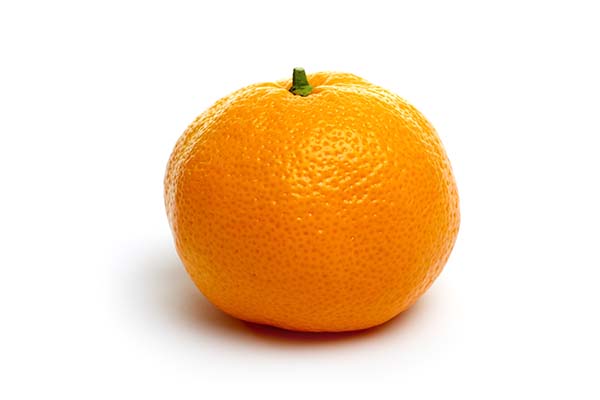
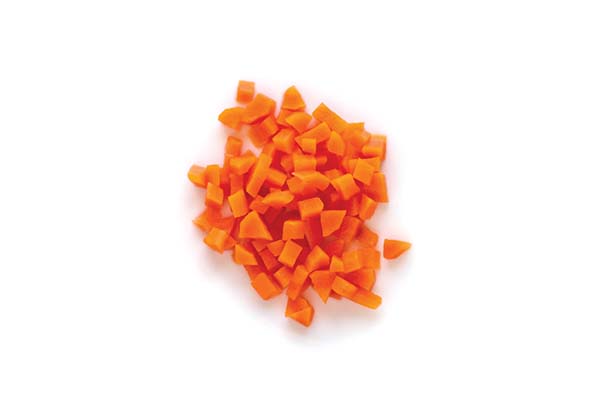
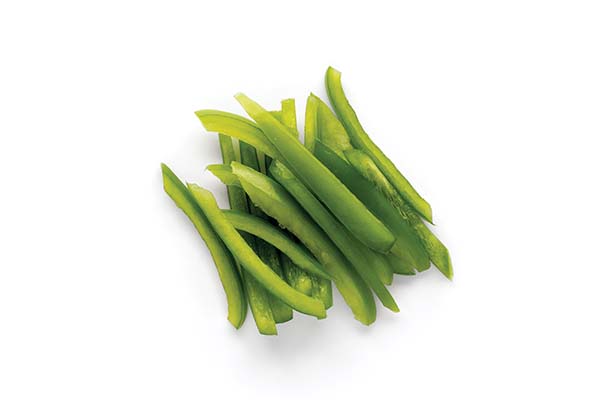



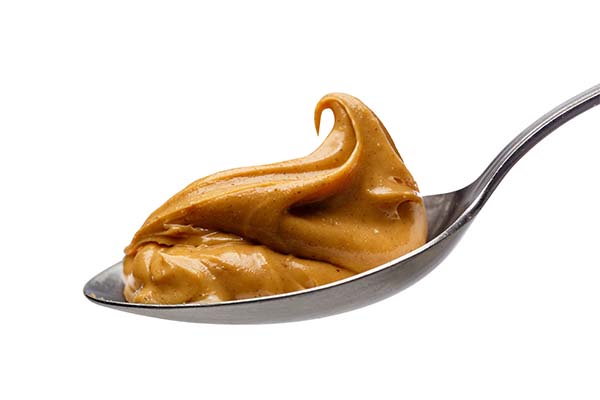


or

or


or

1 ounce of meat,
1 egg,
¼ cup beans,
½ ounce nuts,
1 Tbsp nut/peanut butter
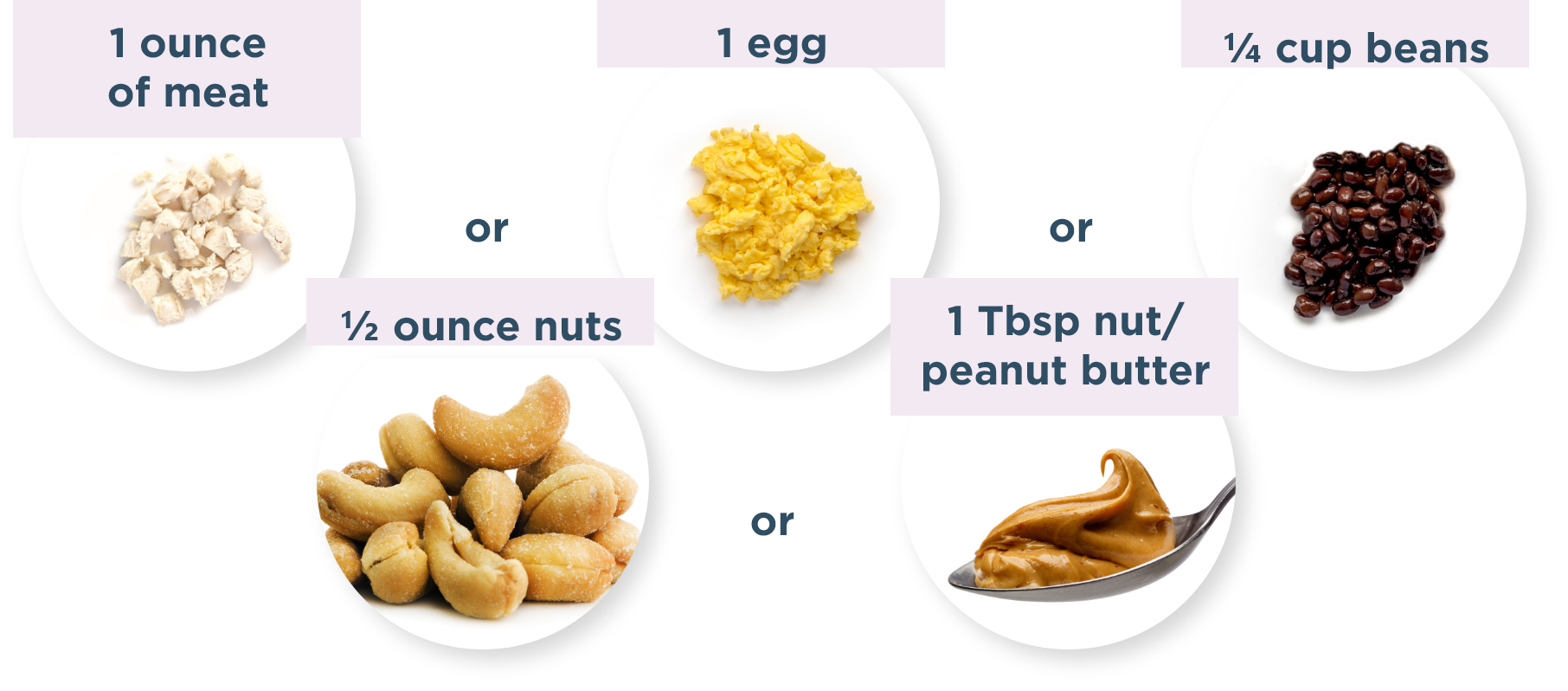





1 ounce of meat,
1 egg,
¼ cup beans,
½ ounce nuts,
1 Tbsp nut/peanut butter
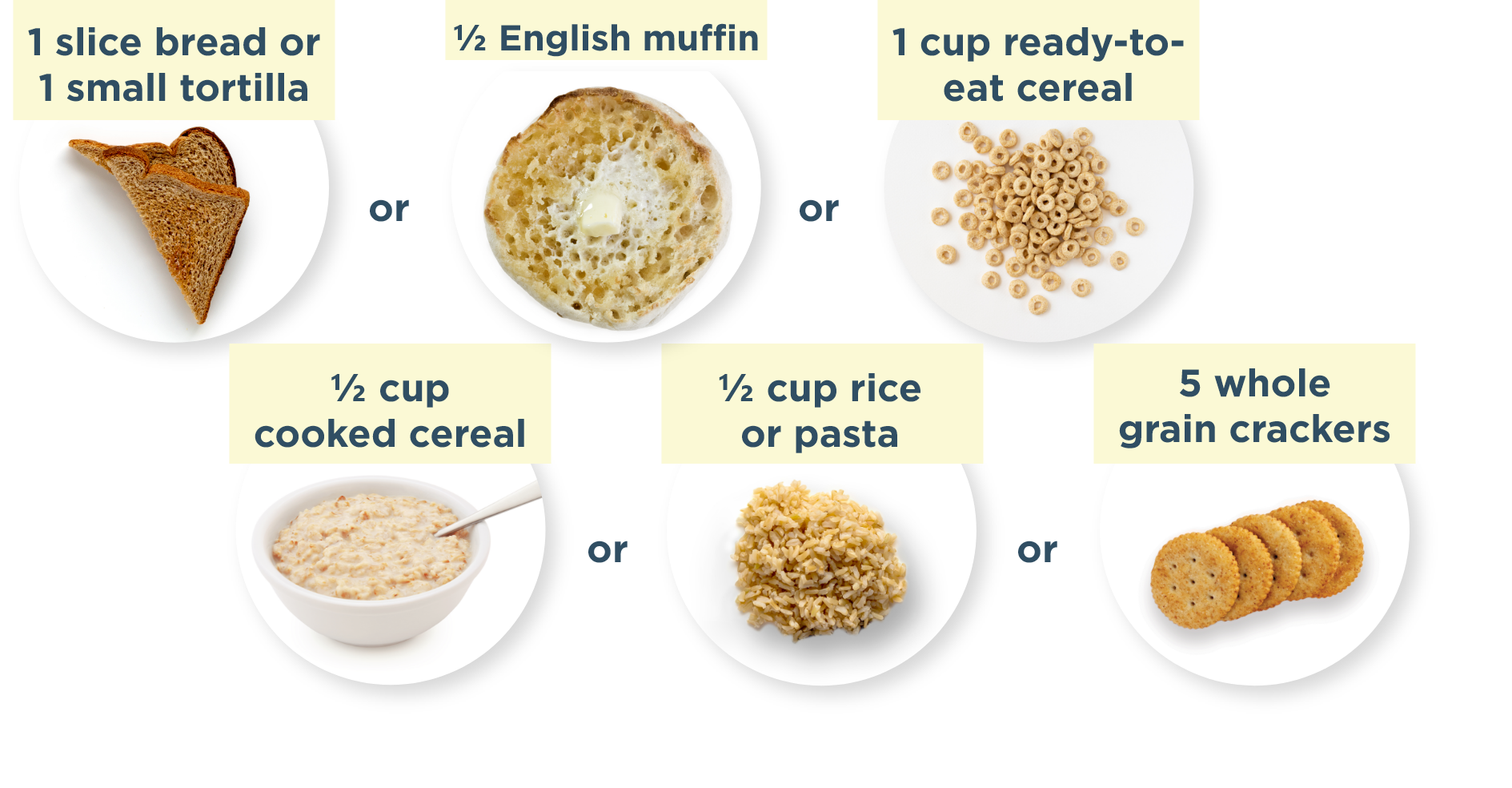
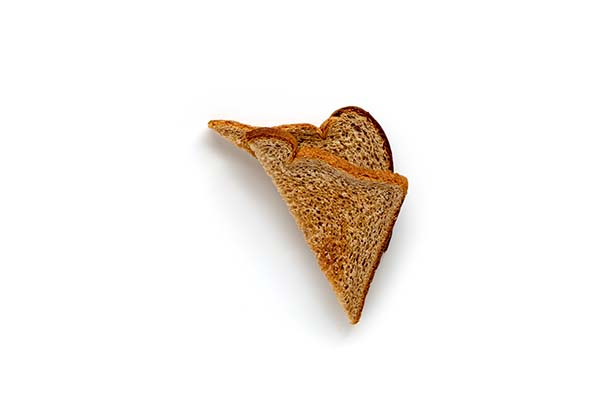
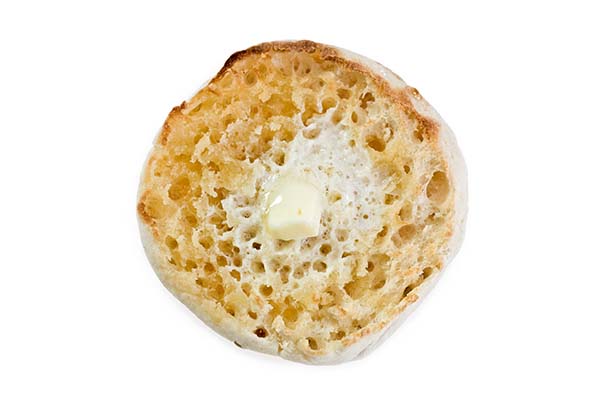
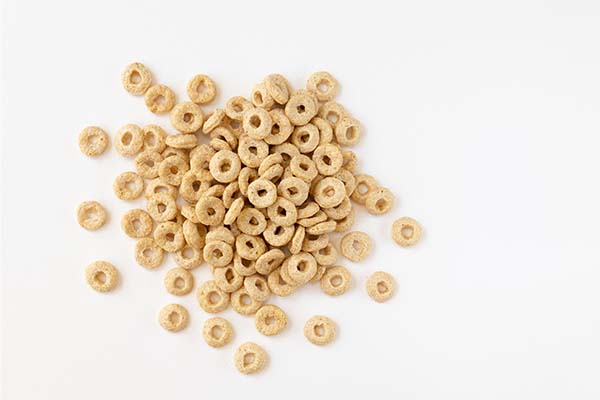
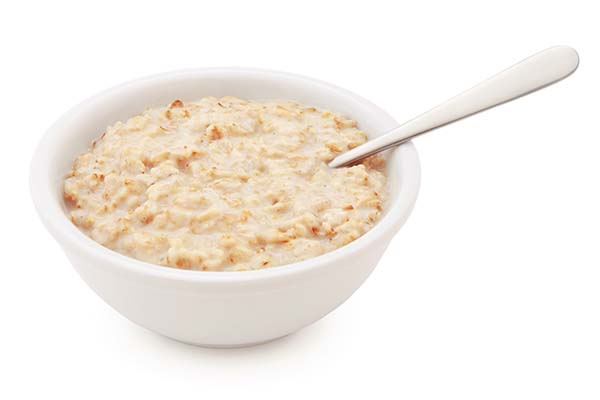

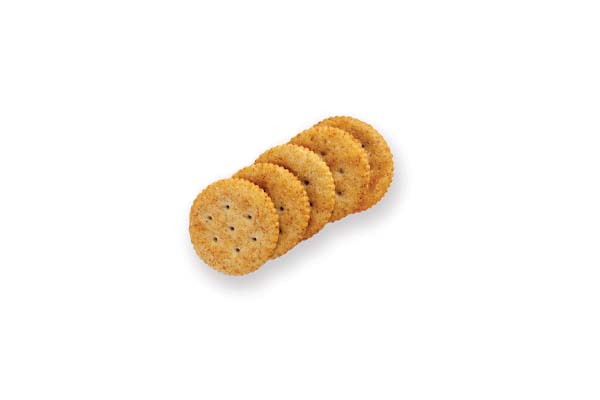
1 slice bread or 1 small tortilla,
½ English muffin,
1 cup ready-to-eat cereal,
½ cup cooked cereal,
½ rice or pasta,
5 whole grain crackers






If children are allowed to sip unlimited amounts of milk, juice or sweetened drinks throughout the day, their nutrition suffers.
Tips for sipping smart:

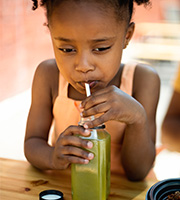
Side-Lying Hold
This hold is useful when:
Cross-Cradle Hold
This hold is useful when:
Clutch or “Football” Hold
This hold is useful when:
Cradle Hold
This hold is useful when:
Laid-Back Hold
This hold is useful when: